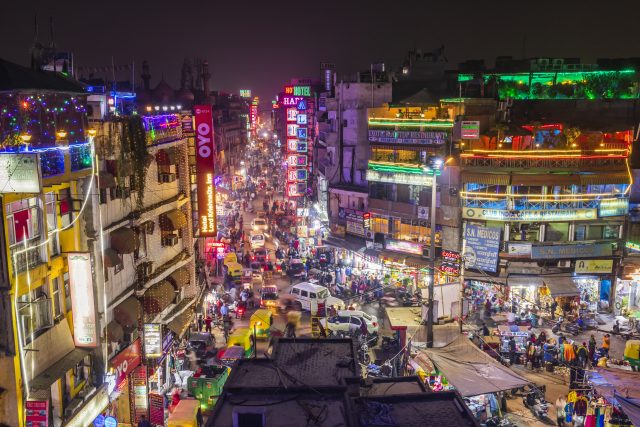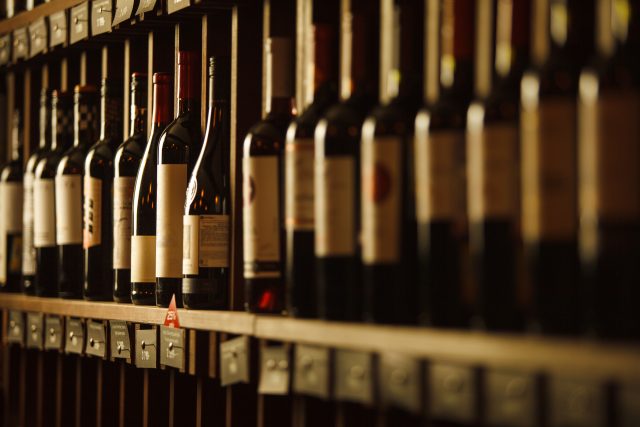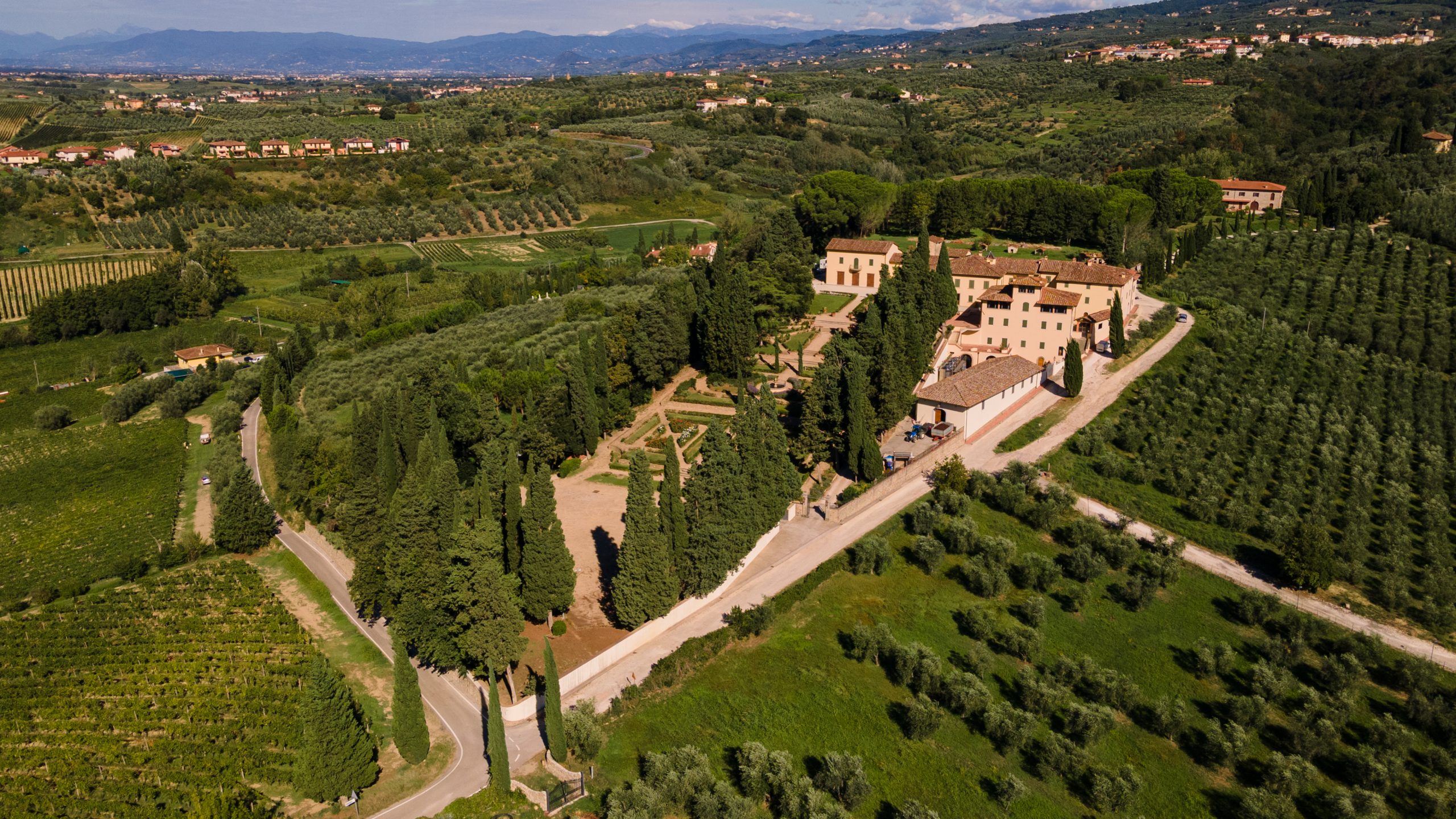Comment: how wine brands targeting India can improve their aim
By Sonal C HollandIndia poses unique challenges for international wine brands, many of which have tried and failed to enter the market. Sonal C Holland MW explains how global producers can hit the mark first time.

India is one of the most promising wine markets in the world, with scope for international wines of every style and at every price point. The country imported US$170.48 million (HK$1,331m) worth of wines in the past fiscal year, just between April and October – almost five times higher than the one prior when the number stood at US$35.03m, according to The Economic Times.
While data on wine consumption from government-approved bodies is hard to come by, we can confidently say that the popularity of imported wine continues to surge among consumers.
But for the uninitiated, the Indian wine market is also complex, daunting, and notoriously rigid to manoeuvre. Think of it as an onion; you have to painstakingly peel layer after layer to get to the centre, and it can bring tears to your eyes. So, international wine producers need to know every bump and bend on this road if they want to enter the Indian market with confidence.
Imported wines make up nearly 30% of the total amount of wine consumed in India, according to India Wine Insider. The US has a similar 70:30 split between domestic and imported wine, and is the largest wine-consuming market in the world. However, while Americans are proud of their local produce, Indians tend to perceive imported wines as superior in terms of packaging, quality and gifting options.

Import duty
The availability of imported wine has improved considerably due to a change in government policy. When I was about to start my career in wine 17 years ago, the import duty on wine stood at 250%, which has now come down to 150%.
Wine was yet to take off in retail, meaning fine wines were either hand-carried or available through fine dining restaurants. Options were largely limited to premium French wines like fine expressions from Bordeaux, along with some good-quality Champagne and Châteauneuf-du-Pape from the Rhône Valley. But in the past few years, standalone restaurants have also started serving imported wines in their dining rooms and bars, making wine more mainstream and accessible to the general consumer. Meanwhile, modern specialty retail stores offer a wide selection of imported wines while creating a positive buying experience with an ease of purchase and a sophisticated atmosphere.
Apart from slashing the taxes on wine, the government is also in the process of bringing in soft paternalistic policies. A major breakthrough on this front was created in 2022, when India signed the Economic Corporation and Trade Agreement (ECTA) with Australia, which brought down the import duty on Australian wines priced from AU$5 (HK$25) CIF (cost, insurance, and freight) to AU$15 CIF to 100%. It will gradually come down to 50% over the next 10 years. In the case of wines priced above $15 CIF, the slash is even more radical as import duty has come down to 75% and will come down to 25% over the next decade. Similar trade agreements with the UK, US and EU will help more international brands from these regions break into the Indian market.
Another important move from the government has been to allow premium supermarkets to stock and sell wine and beer, which has increased the accessibility of wine. As a result, urban consumers can now buy wine while running errands like buying groceries or clothes.

India follows the three-tier import system, consisting of an importer, a distributor, and a retailer. A producer’s point of contact in the system is the importer, who is the sole representative of the brand in the country. It is the importer’s job to appoint distributors to ensure the physical distribution of the wine to retailers and Horeca for sale to consumers. Importers and distributors cannot directly sell wines to consumers.
Partner Content
The pricing of wine works on the system of maximum retail price (MRP), which is declared by the importer at the time of importing wine. This MRP is printed on the back of the label, and tells the consumer and retailer the maximum price at which the wine can be sold in the state. While the retailers can reduce the price with a discount, they cannot inflate it.
Multiplier effect
The MRP includes all taxes, such as VAT, and excise duty, that are applied to a wine. These taxes can have a multiplier effect on the wine, making it cost 10 times more. This weighs down on the market, and limits the sales of imported wines. To counteract this effect the importers then go for lower-priced wines in a producer’s portfolio, which keeps the market from evolving at a faster rate because it limits the options available to consumers.
In India, wine is a state subject, which means that wine producers have to register every label individually, and every state has its own set of rules and regulations that dictate the manufacturing, distribution, and sale of alcoholic beverages. Moving wines through different states is a complicated task due to the lack of transparency and uniformity in the tax regime.
Each state even has a different calendar year for label registration; however, it is valid for 12 months. For instance, the calendar year for label registration in Maharashtra runs from April to March. So, each label must not only be registered in this window, but it must also comply with the guidelines of Food Safety and Standards Authority of India (FSSAI), a statutory body that regulates the manufacture, storage, distribution, sale, and import of food articles, while also establishing standards to ensure food safety.

These India-specific labels must be printed at the point of origin for clearance of stock in India. This is the single biggest deal breaker for a lot of international companies as many feel they need to export a large volume to justify the cost of making and printing these special labels for the Indian market.
Wary importers
However, importers are often wary of placing large orders when they import a new label due to the exorbitant cost of storing wine in India. A lot of penalties kick in beyond the first year of storing wines in the customs warehouses, so much so that it could become a loss-making deal for the importers.
As such, importers tend to order based on their estimate of how many bottles they can sell in that first year. Many of them choose to order wines more frequently in smaller volumes to avoid penalties levied by the government on the unsold stock lying in the customs warehouse, meaning commitment to a smaller order can be a big plus for producers looking to enter India.

The key to entering India’s complex wine market is to find the right import partner. Switching from one importer to another here is difficult as the community is very close-knit. Wine producers can only find another importer to represent them in the market if their previous importer agrees with the decision. Producers must look for an importer that aligns with their core values and understands who their target consumer base is. Wine consultants can also help bridge the gap between producers and the market, acting as a producer’s ear to the ground, providing them with updates on the latest market trends.
Importing wines to India might feel like an uphill task, but there is potential for it to be a rewarding one as the demand for international wines grows in this booming market. With the right wine consultant and importer by their side, brands can not only capture the attention of various consumer bases and establish a presence in both on-trade and off-trade sectors, but also penetrate deep into the market and make their presence felt across metropolitan and urban markets in the country. dba
Related news
WWE legend goes viral after Napa wine tasting
Favourite kosher wine 'impossible to find' due to trade war
Piccolo power: why Henkell's small bottle has stood the test of time




